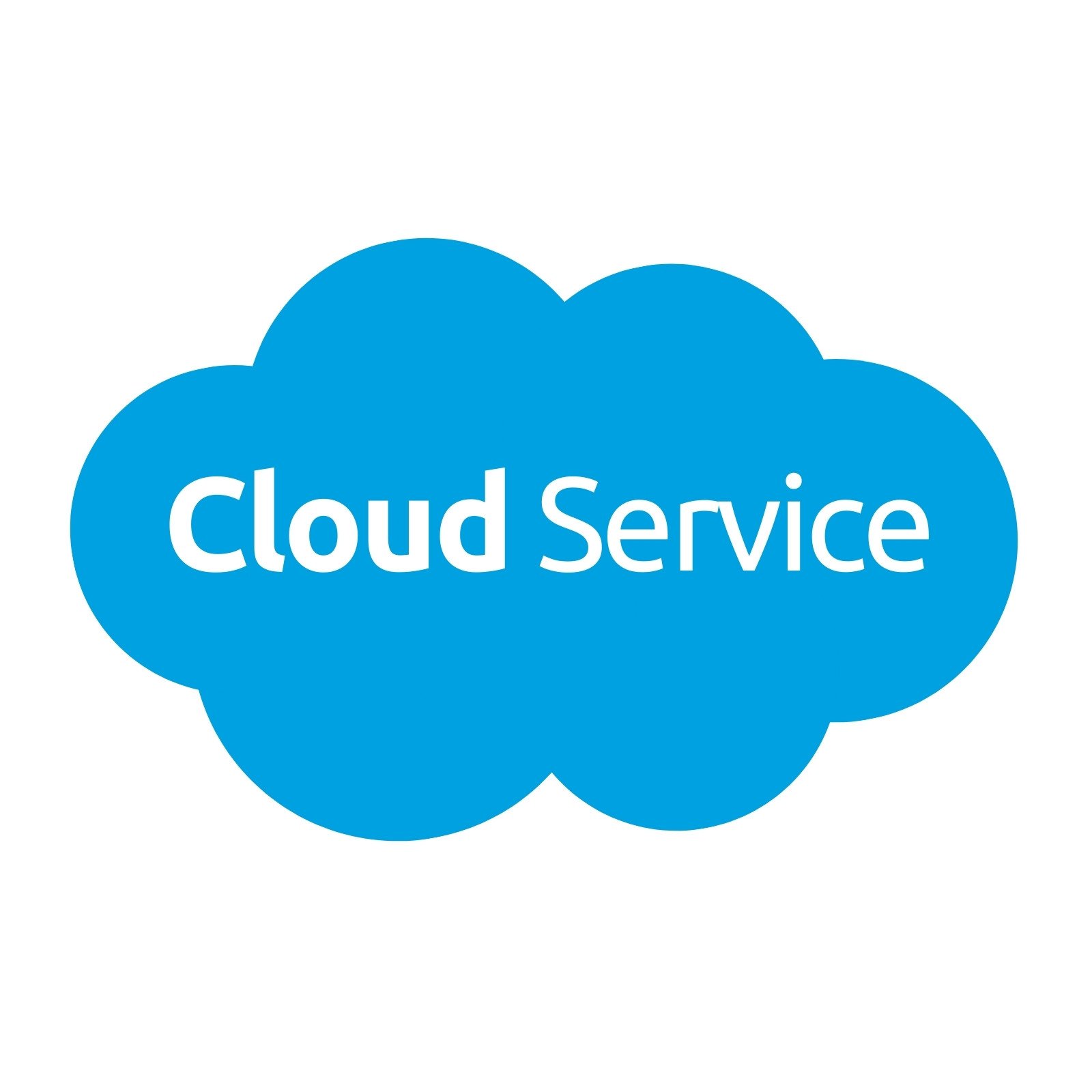Discover LinkDaddy Cloud Services for Universal Cloud Service Success: Press Release Insights
Discover LinkDaddy Cloud Services for Universal Cloud Service Success: Press Release Insights
Blog Article
Simplify Your Infrastructure With Cloud Solutions
As businesses navigate the ever-evolving landscape of innovation and information management, the role of cloud solutions in streamlining facilities has actually ended up being significantly famous. The attraction of streamlined processes, boosted efficiency, and boosted source appropriation with cloud services is obvious. Nevertheless, the trip in the direction of a more dexterous and economical IT infrastructure includes even more than just migrating to the cloud. It requires a strategic strategy and a deep understanding of the nuances of cloud fostering. So, just how can companies properly navigate this transition and truly open the capacity of cloud solutions for simplifying their framework?
Advantages of Cloud Solutions
Cloud solutions offer a structured technique to handling IT framework, providing businesses with cost-efficiency, adaptability, and scalability. One of the crucial benefits of cloud solutions is the scalability they provide. Services can quickly scale their sources up or down based on need, guaranteeing they only spend for what they use. This versatility is specifically helpful for organizations with varying needs or those experiencing growth.
Additionally, cloud services remove the requirement for organizations to purchase expensive software and hardware. This cost-efficiency is a substantial benefit, particularly for tiny to medium-sized business wanting to lessen in advance prices. By using cloud services, companies can access high-grade IT resources without the hefty rate tag associated with conventional facilities setups.
Furthermore, cloud solutions provide services with the adaptability to access their data and applications from anywhere with a net connection. This level of ease of access boosts collaboration among teams, enables remote job, and boosts general productivity. The flexibility used by cloud solutions equips companies to adapt rapidly to altering market conditions and customer demands.
Cost Financial Savings and Scalability
In addition to the operational advantages highlighted earlier, the assimilation of cloud solutions right into a company's infrastructure yields considerable cost savings and improved scalability. Cloud services provide a pay-as-you-go version, permitting businesses to scale sources up or down based on present requirements, thereby staying clear of the costs related to keeping excess capacity. This flexibility allows firms to adjust promptly to varying needs without incurring unneeded costs.
Additionally, cloud solutions get rid of the demand for upfront investments in software and hardware, minimizing funding expenses. Operating costs are likewise decreased as firms no much longer require to handle and keep physical servers, bring about reduced energy usage and IT staffing expenses. In addition, cloud solutions give automated updates and maintenance, guaranteeing that the infrastructure remains current and secure without requiring hands-on treatments.
Enhanced Safety And Security Steps
Implementing strict safety actions is extremely important when incorporating cloud services into a firm's framework to safeguard delicate information and make sure conformity with market guidelines. Cloud solution companies use improved safety functions such as information file encryption, firewall program defense, and multi-factor authentication to mitigate cybersecurity threats.
In addition, normal safety audits and compliance assessments assist make sure and determine susceptabilities adherence to sector requirements. Companies can likewise gain from features like automatic security updates and real-time risk surveillance given by cloud provider. By prioritizing security actions and remaining proactive in dealing with prospective risks, companies can with confidence utilize cloud solutions while safeguarding their beneficial information from unapproved accessibility or violations.
Transitioning to Cloud Facilities
To successfully incorporate cloud solutions into a business's framework, a structured strategy that addresses the shift towards cloud-based options is imperative. Transitioning to cloud facilities entails careful preparation and execution to make sure a smooth movement process. The first action his response is to assess the present infrastructure and identify which applications and systems are ideal for movement to the cloud. This assessment needs to think about factors such as data sensitivity, compliance requirements, and efficiency demands.
As soon as the evaluation is complete, a movement method must be developed. This method ought to detail the timeline, sources, and duties for moving each element to the cloud. It is vital to communicate this plan clearly to all stakeholders to ensure positioning and minimize disturbances throughout the transition.
Throughout the movement process, surveillance and screening are essential to recognize and attend to any kind of issues quickly. Routine checkpoints ought to be developed to track development and make needed modifications. Furthermore, training for workers on utilizing cloud solutions should be provided to ensure an look at these guys effective transition and optimize the benefits of the brand-new infrastructure.
Finest Practices for Cloud Fostering
Effective fostering of cloud solutions depends upon the tactical positioning of company goals with technical capabilities and organizational preparedness. To make sure a smooth change to the cloud, organizations ought to begin by conducting a comprehensive assessment of their current facilities and determining which workloads are best fit for cloud migration. It is critical to include essential stakeholders from various divisions in the decision-making process to acquire buy-in and address any type of issues early on.
One more best technique for cloud fostering is to prioritize protection and compliance. Organizations must thoroughly assess the safety steps offered by cloud provider and make sure that their data is safeguarded according to market standards and regulatory demands. Applying robust data encryption, accessibility controls, and regular safety audits can assist reduce dangers connected with cloud fostering.

Final Thought

As organizations browse the ever-evolving landscape of technology and information management, the function of cloud solutions in simplifying infrastructure has actually ended up being progressively popular - universal cloud Service. Exactly how can businesses efficiently browse this transition and truly unlock the capacity of cloud services for simplifying their infrastructure?
Cloud solutions supply a streamlined method to managing IT framework, providing services with cost-efficiency, scalability, and adaptability. By making use of cloud solutions, services can access top notch IT sources without the large cost tag associated with traditional infrastructure configurations.
To make certain a smooth shift to the cloud, companies need to start by conducting a comprehensive evaluation of their present infrastructure and identifying which work are best suited for cloud movement.
Report this page